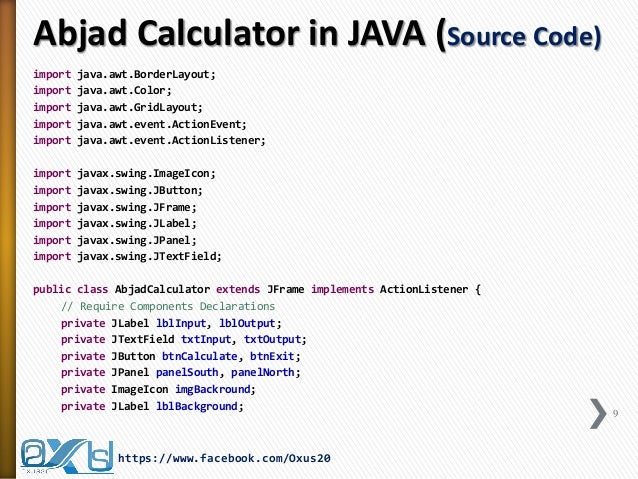
Each frame consists of a last-in-first-out(LIFO) operand stack and a local variables array.

The stack makes a new frame for every method call.
The Java Virtual Machine is both a stack-based and register-based abstract machine. To understand what Bytecode is, we must first understand how a Java Virtual Machine works. Having knowledge of the java bytecode will help you in recreating your source code again. java files) available, none of them are perfect and cannot handle all the instructions. While there are many “Decompilers” (programs that convert. One other advantage of knowing bytecode would be that you would be able to decompile your. This is crucial when doing performance tuning. Knowing how the java compiler converts your code from source to bytecode will help you understand how your program will perform in terms of speed of execution. Understanding bytecode and what bytecode is likely to be generated by a Java compiler helps the Java programmer in the same way that knowledge of assembly helps the C or C++ programmer. 
However, according to the IBM developer Works journal, Java developers do not need to understand the java bytecode to write code. This intermediate low-level, binary code format is the Java bytecode and gets saved as a. During compilation of a Java program, the compiler(javac) converts the source code that is your “.java” file into an intermediate low-level code that is in the binary format.






 0 kommentar(er)
0 kommentar(er)
